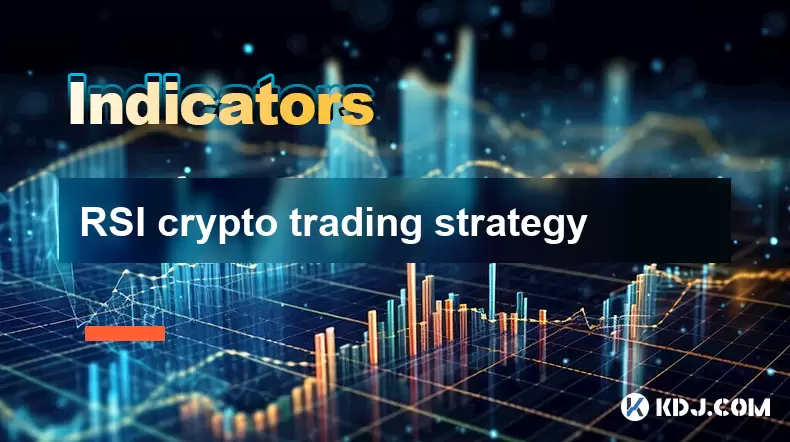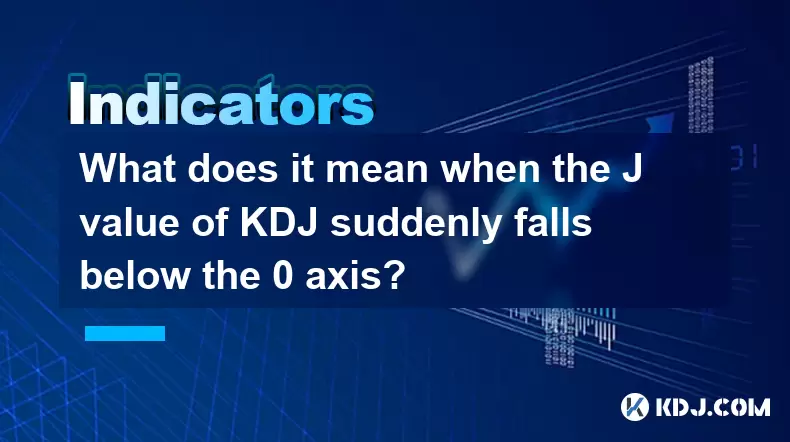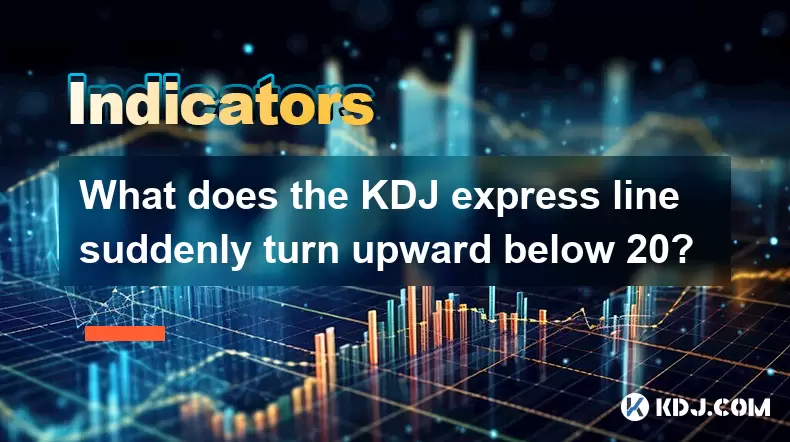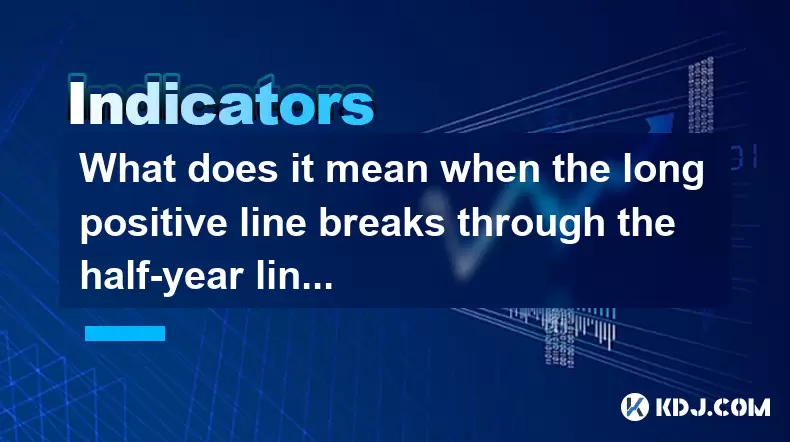-
 Bitcoin
Bitcoin $115100
-2.99% -
 Ethereum
Ethereum $3642
-1.38% -
 XRP
XRP $3.027
-5.51% -
 Tether USDt
Tether USDt $1.000
-0.05% -
 BNB
BNB $763.4
-1.32% -
 Solana
Solana $177.2
-5.42% -
 USDC
USDC $0.9999
-0.02% -
 Dogecoin
Dogecoin $0.2247
-6.47% -
 TRON
TRON $0.3135
0.23% -
 Cardano
Cardano $0.7824
-4.46% -
 Hyperliquid
Hyperliquid $42.53
-0.97% -
 Stellar
Stellar $0.4096
-6.09% -
 Sui
Sui $3.662
-2.61% -
 Chainlink
Chainlink $17.63
-3.57% -
 Bitcoin Cash
Bitcoin Cash $536.3
2.94% -
 Hedera
Hedera $0.2450
0.34% -
 Avalanche
Avalanche $23.23
-3.15% -
 Litecoin
Litecoin $112.2
-1.23% -
 UNUS SED LEO
UNUS SED LEO $8.976
-0.30% -
 Shiba Inu
Shiba Inu $0.00001341
-2.72% -
 Toncoin
Toncoin $3.101
-2.44% -
 Ethena USDe
Ethena USDe $1.001
-0.05% -
 Uniswap
Uniswap $10.08
-1.97% -
 Polkadot
Polkadot $3.938
-2.77% -
 Monero
Monero $323.9
0.87% -
 Dai
Dai $0.9999
-0.02% -
 Bitget Token
Bitget Token $4.481
-1.69% -
 Pepe
Pepe $0.00001199
-5.94% -
 Aave
Aave $288.2
-0.68% -
 Cronos
Cronos $0.1279
0.36%
RSI crypto trading strategy
The Relative Strength Index (RSI) helps crypto traders identify overbought or oversold conditions, signaling potential reversals or trend continuations when combined with other technical tools.
Jul 15, 2025 at 03:50 am

Understanding RSI in Crypto Trading
The Relative Strength Index (RSI) is a momentum oscillator used extensively in technical analysis, particularly within the cryptocurrency trading space. This indicator measures the speed and change of price movements to determine overbought or oversold conditions. Typically, RSI values range from 0 to 100, with readings above 70 suggesting overbought territory and those below 30 indicating oversold conditions.
In the context of crypto trading, where volatility is high and market sentiment shifts rapidly, RSI becomes a crucial tool for identifying potential reversals or continuation patterns. It helps traders avoid entering positions at extreme levels and instead focus on more favorable entry points based on market momentum.
How to Calculate RSI for Cryptocurrencies
To effectively apply RSI in crypto trading, understanding how it’s calculated is essential. The formula involves several steps:
- Calculate average gains and losses over a specified period (usually 14 days).
- Divide the average gain by the average loss to get the Relative Strength (RS).
- Apply the formula: RSI = 100 – [100 / (1 + RS)].
For example, if Bitcoin has gained an average of $2,000 over the past 14 days and lost an average of $1,000 during the same period, the RS would be 2. Applying the formula gives an RSI of approximately 66.67, which is still within the neutral zone.
Most crypto charting platforms automatically calculate RSI, so manual computation is rarely necessary. However, knowing the underlying mechanics can improve interpretation accuracy.
Using RSI to Identify Overbought and Oversold Levels
One of the most common uses of RSI in cryptocurrency trading is identifying overbought and oversold levels. When RSI crosses above 70, it signals that the asset may be overbought and due for a pullback. Conversely, when RSI drops below 30, it suggests oversold conditions and a possible upward reversal.
However, in strong trending markets, RSI can remain in overbought or oversold territory for extended periods. For instance, during a bull run, Bitcoin’s RSI might stay above 70 for days without a significant correction. In such cases, relying solely on RSI could lead to premature exits or missed opportunities.
Therefore, traders should combine RSI with other indicators like moving averages or volume analysis to confirm signals and filter out false positives.
RSI Divergence as a Signal for Trend Reversals
Another powerful application of RSI in crypto trading is detecting divergence between price action and RSI movement. A bullish divergence occurs when the price makes a lower low but RSI forms a higher low, indicating strengthening momentum despite falling prices. Conversely, a bearish divergence happens when the price makes a higher high but RSI records a lower high, signaling weakening momentum.
This type of analysis can help identify potential trend reversals before they become apparent on the price chart. For example, Ethereum might continue rising while RSI starts forming lower highs, warning traders of an imminent correction.
To spot divergences effectively:
- Use a clean chart layout with clearly visible swing highs and lows.
- Align RSI with candlestick patterns or support/resistance zones.
- Avoid acting on weak or shallow divergences unless confirmed by volume or other tools.
Customizing RSI Settings for Crypto Markets
While the default setting for RSI is 14 periods, many traders adjust this parameter to suit the highly volatile nature of cryptocurrencies. Shorter timeframes (e.g., 7 or 10) make RSI more sensitive and suitable for day trading, while longer settings (e.g., 21 or 30) provide smoother readings ideal for swing trading.
Adjusting RSI sensitivity allows traders to filter out noise and reduce false signals. For instance, a trader focusing on intraday moves in Solana or Cardano might use a 7-period RSI to capture quick momentum shifts, whereas a long-term investor in Bitcoin or Ethereum might prefer a 30-period setting to assess broader trends.
It’s important to backtest different RSI configurations using historical data before applying them in live trading environments.
Integrating RSI with Other Technical Tools
No single indicator works in isolation, especially in the unpredictable world of crypto trading. Combining RSI with moving averages like the 50-day or 200-day EMA can enhance trade setups. Similarly, integrating RSI with Bollinger Bands or MACD can provide additional confirmation signals.
Some effective combinations include:
- Using RSI with Fibonacci retracement levels to pinpoint high-probability entries.
- Pairing RSI with volume indicators to validate breakouts or breakdowns.
- Overlaying RSI on Ichimoku Cloud charts to gauge trend strength and momentum simultaneously.
These integrations allow traders to build robust strategies tailored to specific market conditions and risk appetites.
FAQs
Q: Can RSI be used for all cryptocurrencies?
Yes, RSI can be applied to any cryptocurrency with sufficient trading volume and price history. However, its effectiveness may vary depending on the asset's liquidity and volatility.
Q: Is RSI reliable during major news events?
During high-impact news events like regulatory announcements or exchange hacks, RSI can generate misleading signals due to erratic price swings. Traders should exercise caution and consider additional filters.
Q: Should I rely solely on RSI for trading decisions?
No, RSI should not be used in isolation. It performs best when combined with other technical indicators and sound risk management practices.
Q: What timeframe is best for RSI in crypto trading?
There is no one-size-fits-all answer. Day traders often prefer shorter RSI periods (e.g., 7 or 10), while swing traders may opt for 14 or 30. Testing different settings on historical data can help determine optimal usage.
Disclaimer:info@kdj.com
The information provided is not trading advice. kdj.com does not assume any responsibility for any investments made based on the information provided in this article. Cryptocurrencies are highly volatile and it is highly recommended that you invest with caution after thorough research!
If you believe that the content used on this website infringes your copyright, please contact us immediately (info@kdj.com) and we will delete it promptly.
- Bitcoin Swift (BTC3): Last Call for Presale Stage 1!
- 2025-07-25 23:10:12
- Kiyosaki's Crypto Playbook: Ditching Paper for Real Assets Like Bitcoin
- 2025-07-25 22:30:11
- Satoshi-Era Whales Stir the Bitcoin Pot: What's the Deal?
- 2025-07-25 22:30:12
- Pi Coin Value in Indian Rupees (INR) 2024: Decoding the Hype
- 2025-07-25 21:45:50
- Crypto Investing: Top Picks and Meme Coin Mania in '25
- 2025-07-25 21:52:07
- Ark Invest's Portfolio Rebalance: Coinbase, Block, and the Crypto Shift
- 2025-07-25 21:52:07
Related knowledge

What does it mean when the J value of KDJ suddenly falls below the 0 axis?
Jul 26,2025 at 12:01am
Understanding the KDJ Indicator in Cryptocurrency TradingThe KDJ indicator is a momentum oscillator widely used in cryptocurrency trading to identify ...

How to interpret that the KDJ D line is downward for a long time but the price is sideways?
Jul 25,2025 at 07:00pm
Understanding the KDJ Indicator and Its ComponentsThe KDJ indicator is a momentum oscillator widely used in cryptocurrency trading to assess overbough...

What does the KDJ express line suddenly turn upward below 20?
Jul 25,2025 at 11:49pm
Understanding the KDJ Indicator in Cryptocurrency TradingThe KDJ indicator is a momentum oscillator widely used in cryptocurrency trading to identify ...

What does it mean that the KDJ indicator forms a double bottom at a low level?
Jul 25,2025 at 05:08pm
Understanding the KDJ Indicator in Cryptocurrency TradingThe KDJ indicator is a momentum oscillator widely used in cryptocurrency trading to identify ...

What does it mean that the RSI continues to hover in the 40-60 range?
Jul 25,2025 at 11:07pm
Understanding the RSI and Its Typical BehaviorThe Relative Strength Index (RSI) is a momentum oscillator that measures the speed and change of price m...

What does it mean when the long positive line breaks through the half-year line and then steps back?
Jul 25,2025 at 06:49pm
Understanding the Long Positive Line in Candlestick ChartsIn the world of cryptocurrency trading, candlestick patterns play a vital role in technical ...

What does it mean when the J value of KDJ suddenly falls below the 0 axis?
Jul 26,2025 at 12:01am
Understanding the KDJ Indicator in Cryptocurrency TradingThe KDJ indicator is a momentum oscillator widely used in cryptocurrency trading to identify ...

How to interpret that the KDJ D line is downward for a long time but the price is sideways?
Jul 25,2025 at 07:00pm
Understanding the KDJ Indicator and Its ComponentsThe KDJ indicator is a momentum oscillator widely used in cryptocurrency trading to assess overbough...

What does the KDJ express line suddenly turn upward below 20?
Jul 25,2025 at 11:49pm
Understanding the KDJ Indicator in Cryptocurrency TradingThe KDJ indicator is a momentum oscillator widely used in cryptocurrency trading to identify ...

What does it mean that the KDJ indicator forms a double bottom at a low level?
Jul 25,2025 at 05:08pm
Understanding the KDJ Indicator in Cryptocurrency TradingThe KDJ indicator is a momentum oscillator widely used in cryptocurrency trading to identify ...

What does it mean that the RSI continues to hover in the 40-60 range?
Jul 25,2025 at 11:07pm
Understanding the RSI and Its Typical BehaviorThe Relative Strength Index (RSI) is a momentum oscillator that measures the speed and change of price m...

What does it mean when the long positive line breaks through the half-year line and then steps back?
Jul 25,2025 at 06:49pm
Understanding the Long Positive Line in Candlestick ChartsIn the world of cryptocurrency trading, candlestick patterns play a vital role in technical ...
See all articles

























































































